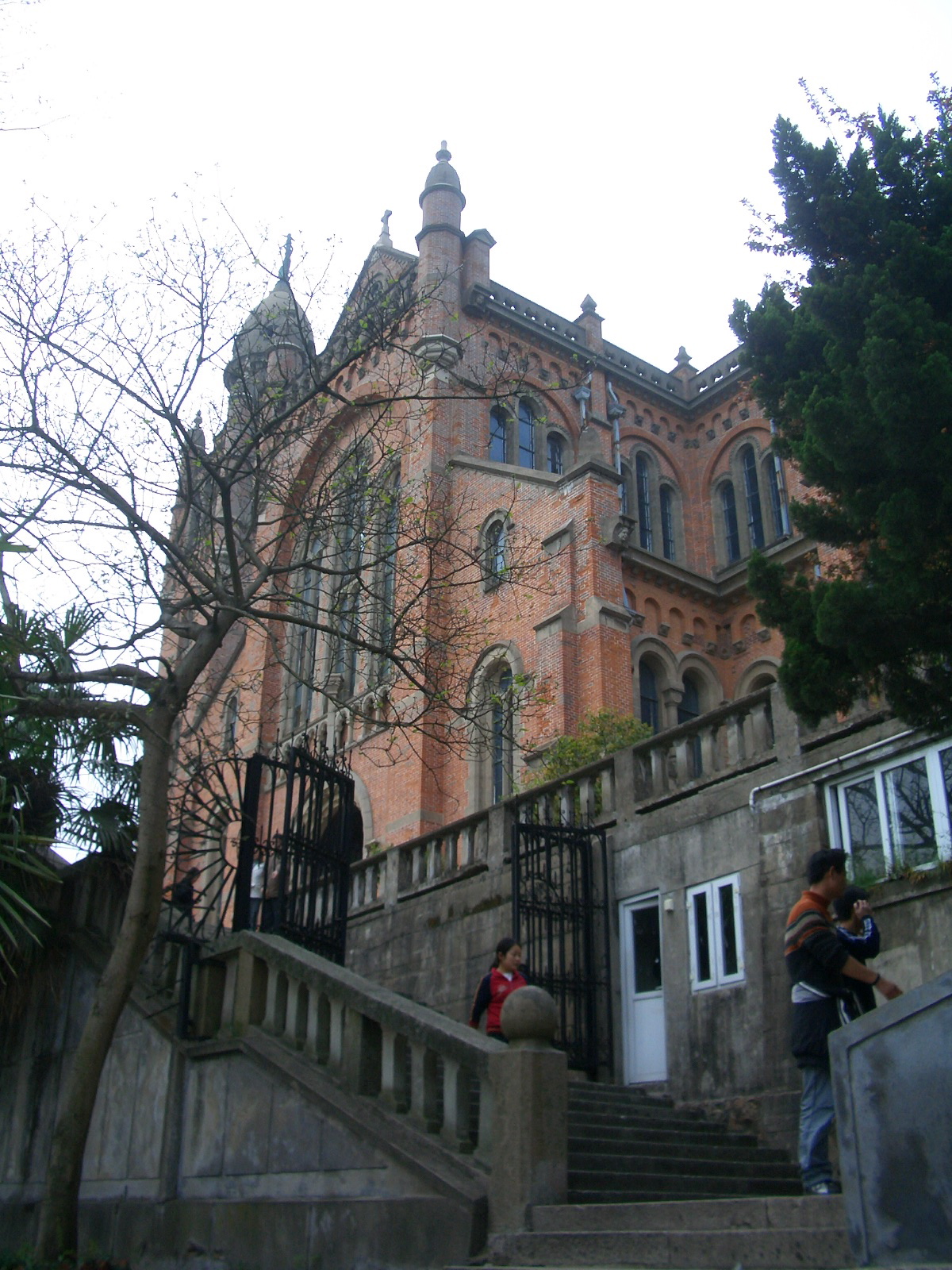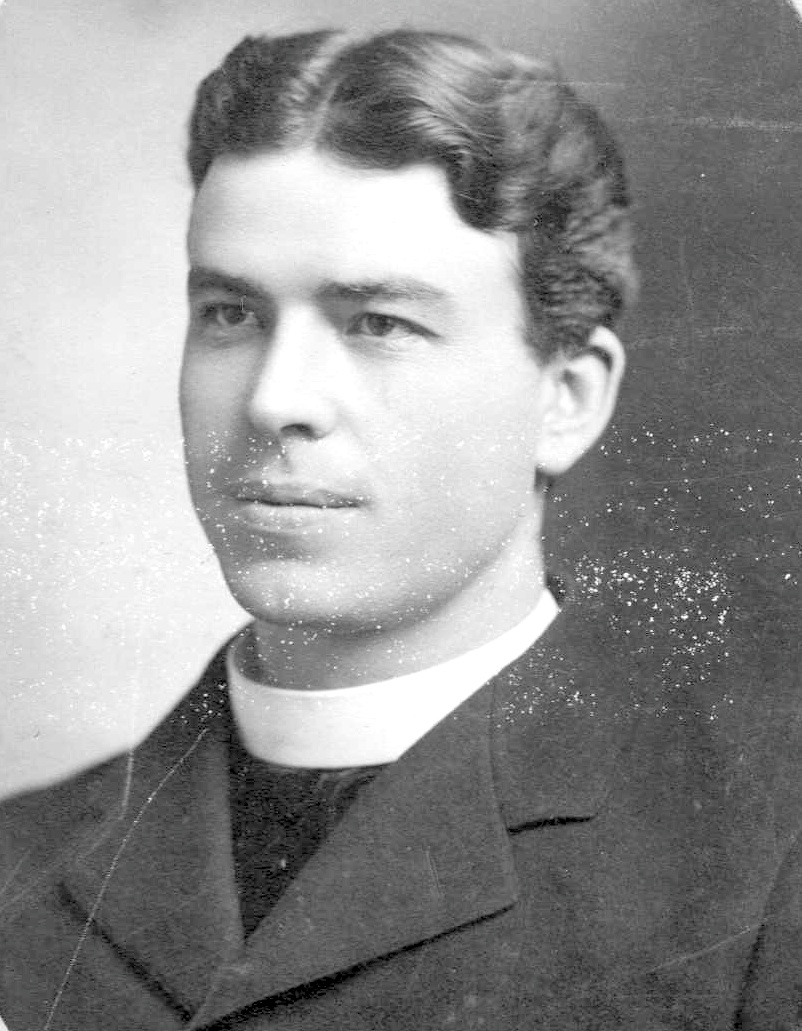|
Basilica Of Saint Stanislaus Kostka
The Basilica of Saint Stanislaus Kostka (Polish: ''Bazylika Świętego Stanisława Kostki'') is a historic church of the Roman Catholic Diocese of Winona in Winona, Minnesota, United States, and a prominent fixture on the city's skyline. Within the diocese it is better known as Saint Stan's. It was listed on the National Register of Historic Places in 1984 as Church of St. Stanislaus–Catholic and was designated as a Minor Basilica of the Roman Catholic Church on November 10, 2011 by Pope Benedict XVI. History of Saint Stanislaus Kostka Parish The congregation dates back to April 2, 1871, when leaders of Winona's Kashubian Polish community formally declared its intent to organize a parish under the patronage of St. Stanislaus Kostka. Prior to this they had been attending Mass at either the "Irish" (Saint Thomas) or the "German" (Saint Joseph) Catholic church, but they wished to worship in their own language and to be led by a Kashubian or Polish pastor. Accordingly, a sma ... [...More Info...] [...Related Items...] OR: [Wikipedia] [Google] [Baidu] |
Winona, Minnesota
Winona is a city in and the county seat of Winona County, in the state of Minnesota. Located in bluff country on the Mississippi River, its most noticeable physical landmark is Sugar Loaf. The city is named after legendary figure Winona, who some sources claimed was the first-born daughter of Chief Wapasha of the Dakota people. The population was 25,948 at the 2020 census. History The city of Winona began on the site of a Native American village named Keoxa. The seat of the Wapasha dynasty, Keoxa was home to a Mdewakanton band of the eastern Sioux. European immigrants settled the area in 1851 and laid out the town into lots in 1852 and 1853. The original settlers were immigrants from New England.Minnesota: A State Guide page 263 The population increased from 815 in December, 1855, to 3,000 in December, 1856. In 1856 German immigrants arrived as well. The Germans and the Yankees worked together planting trees and building businesses based on lumber, wheat, steamboa ... [...More Info...] [...Related Items...] OR: [Wikipedia] [Google] [Baidu] |
Romanesque Architecture
Romanesque architecture is an architectural style of medieval Europe characterized by semi-circular arches. There is no consensus for the beginning date of the Romanesque style, with proposals ranging from the 6th to the 11th century, this later date being the most commonly held. In the 12th century it developed into the Gothic style, marked by pointed arches. Examples of Romanesque architecture can be found across the continent, making it the first pan-European architectural style since Imperial Roman architecture. The Romanesque style in England and Sicily is traditionally referred to as Norman architecture. Combining features of ancient Roman and Byzantine buildings and other local traditions, Romanesque architecture is known by its massive quality, thick walls, round arches, sturdy pillars, barrel vaults, large towers and decorative arcading. Each building has clearly defined forms, frequently of very regular, symmetrical plan; the overall appearance is one of simplic ... [...More Info...] [...Related Items...] OR: [Wikipedia] [Google] [Baidu] |
List Of Catholic Churches In The United States
This is a list of notable Catholic churches and cathedrals in the United States. In the United States, there are more than 20,000 catholic church buildings. Among these numerous Catholic churches and cathedrals are notable. Notable ones include any that are listed on the National Register of Historic Places or on state and local historic registers. There are 193 current Catholic cathedrals in the U.S., listed at List of the Catholic cathedrals of the United States The following is a list of the Catholic cathedrals in the United States. The Catholic Church in the United States comprises ecclesiastical territories called dioceses led by prelate bishops. Each bishop is assigned to a cathedral from which he .... Another 74 basilicas—some are also cathedrals—are notable as well (See List of basilicas). The following list, by state, is intended to includes all these cathedrals plus other active churches and notable former cathedrals and churches. These include: ''(by sta ... [...More Info...] [...Related Items...] OR: [Wikipedia] [Google] [Baidu] |
List Of Catholic Basilicas
This is a complete list of basilicas of the Catholic Church. A Basilicas in the Catholic Church, basilica is a church with certain privileges conferred on it by the Pope. Not all churches with "basilica" in their title actually have the ecclesiastical status, which can lead to confusion, since it is also an architectural term for a church-building style. In the 18th century, the term took on a canon law (Catholic Church), canonical sense, unrelated to this architectural style. Basilicas in this canonical sense are divided into major ("greater") and minor basilicas. Today only four, all in the Diocese of Rome, are classified as major basilicas: the major basilicas of Basilica of St. John Lateran, St John Lateran, St. Peter's Basilica, St Peter's, Basilica of Saint Paul Outside the Walls, St Paul outside the Walls, and Basilica di Santa Maria Maggiore, St Mary Major. The other canonical basilicas are minor basilicas. By canon law (Catholic Church), canon law no Catholic church can ... [...More Info...] [...Related Items...] OR: [Wikipedia] [Google] [Baidu] |
School Sisters Of Notre Dame
School Sisters of Notre Dame is a worldwide religious institute of Roman Catholic sisters founded in Bavaria in 1833 and devoted to primary, secondary, and post-secondary education. Their life in mission centers on prayer, community life and ministry. They serve as teachers, lawyers, accountants, nurses, administrators, therapists, social workers, pastoral ministers, social justice advocates and more. The School Sisters of Notre Dame are known by the abbreviation "SSND" and are not to be confused with another teaching order, the Sisters of Notre Dame de Namur (SNDdeN), which was founded in France. Founding and growth The School Sisters of Notre Dame developed from the Canonesses Regular of St. Augustine of the Congregation of Our Lady, founded by Peter Fourier and Alix Le Clerc in the Duchy of Lorraine in 1597 for the free education of poor girls. In the seventeenth and eighteenth centuries, several convents of the congregation were established in Germany. [...More Info...] [...Related Items...] OR: [Wikipedia] [Google] [Baidu] |
Polish Americans
Polish Americans ( pl, Polonia amerykańska) are Americans who either have total or partial Poles, Polish ancestry, or are citizens of the Republic of Poland. There are an estimated 9.15 million self-identified Polish Americans, representing about 2.83% of the Demographics of the United States, U.S. population. Polish Americans are the second-largest Central European ethnic group after German Americans, and the Race and ethnicity in the United States, eighth largest ethnic group overall in the United States. The first Polish immigrants came to the Jamestown, Virginia, Jamestown colony in 1608, twelve years before the Pilgrim (Plymouth Colony), Pilgrims arrived in Massachusetts. Two Polish volunteers, Casimir Pulaski and Tadeusz Kościuszko, led armies in the American Revolutionary War, Revolutionary War and are remembered as American heroes. Overall, around 2.2 million Poles and Polish subjects immigrated into the United States, between 1820 and 1914, chiefly after national insurg ... [...More Info...] [...Related Items...] OR: [Wikipedia] [Google] [Baidu] |
Polish Cultural Institute And Museum (Winona, Minnesota)
The Polish Cultural Institute and Museum is a cultural and historical museum, founded in 1979 to preserve the Polish and Kashubian heritage of Winona, Minnesota. Known locally as the Polish Museum, it is housed in a lumber yard office built by the Laird-Norton Lumber Company in 1890, located at 102 Liberty Street in Winona, Minnesota, United States. The Polish Cultural Institute The Laird-Norton Building was purchased in 1977 by Father Paul Breza, a Winona-born priest of the Roman Catholic Diocese of Winona. It was intended to store historical materials pertaining to Polish immigrants in Winona, but disagreements within Winona's Polish community led to the formation of two separate organizations: the ''Polish Heritage Society'' and the ''Polish Cultural Institute''. Under Fr. Breza's leadership, the Polish Cultural Institute was formally incorporated in 1979 to continue renovating the Polish Museum and to otherwise foster an appreciation of Polish contributions to the Winona co ... [...More Info...] [...Related Items...] OR: [Wikipedia] [Google] [Baidu] |
Jozef Cieminski
Józef Franciszek Darzyn Ciemiński ( Borzyszkowy, 4 August 1867- Winona, 1959) was a Polish-born Roman Catholic priest. He emigrated with his parents to the United States in 1881 and was ordained as a Priest in Saint Paul, Minnesota in 1895. He was involved with numerous Polish Catholic parishes during his lifetime including the now closed troubled Parish of Saints Peter and Paul in Duluth, Minnesota, and the parish of Holy Cross in Minneapolis. Biography He was born in the Kaszubian village of Borzyszkowy, near Bytow. He was the first of ten children born to Franciszek and Maryanna Darzyn Cieminski, who emigrated from Prussian Poland (Kashubia) to the United States in 1881 aboard the paddle steamer Grimsby, which made him a participant in the Kashubian diaspora. The humble peasant boy's fifty-one years as a Roman Catholic priest would take him from the post of archdiocesan Secretary to the rectory of a Polish colony on the Minnesota frontier, and from Minneapolis troubleshoo ... [...More Info...] [...Related Items...] OR: [Wikipedia] [Google] [Baidu] |
Jakub W
Jacob is a common male given name and a less well-known surname. It is a cognate of James, derived from Late Latin ''Iacobus'', from Greek ''Iakobos'', from Hebrew (''Yaʿaqōḇ''), the name of the Hebrew patriarch, Jacob son of Isaac and Rebecca. The name comes either from the Hebrew root ''ʿqb'' meaning "to follow, to be behind" but also "to supplant, circumvent, assail, overreach", or from the word for "heel", ''ʿaqeb''. It can also be taken to mean "may God protect." In the narrative of Genesis, it refers to the circumstances of Jacob's birth when he held on to the heel of his older twin brother Esau (Genesis 25:26). The name is etymologized (in a direct speech by the character Esau) in Genesis 27:36, adding the significance of Jacob having "supplanted" his elder brother by buying his birthright. In a Christian context, Jacob – ''James'' in English form – is the name for several people in the New Testament: (1) the apostle James, son of Zebedee, (2) another apostl ... [...More Info...] [...Related Items...] OR: [Wikipedia] [Google] [Baidu] |
Bohemia
Bohemia ( ; cs, Čechy ; ; hsb, Čěska; szl, Czechy) is the westernmost and largest historical region of the Czech Republic. Bohemia can also refer to a wider area consisting of the historical Lands of the Bohemian Crown ruled by the Bohemian kings, including Moravia and Czech Silesia, in which case the smaller region is referred to as Bohemia proper as a means of distinction. Bohemia was a duchy of Great Moravia, later an independent principality, a kingdom in the Holy Roman Empire, and subsequently a part of the Habsburg monarchy and the Austrian Empire. After World War I and the establishment of an independent Czechoslovak state, the whole of Bohemia became a part of Czechoslovakia, defying claims of the German-speaking inhabitants that regions with German-speaking majority should be included in the Republic of German-Austria. Between 1938 and 1945, these border regions were joined to Nazi Germany as the Sudetenland. The remainder of Czech territory became the Second ... [...More Info...] [...Related Items...] OR: [Wikipedia] [Google] [Baidu] |







